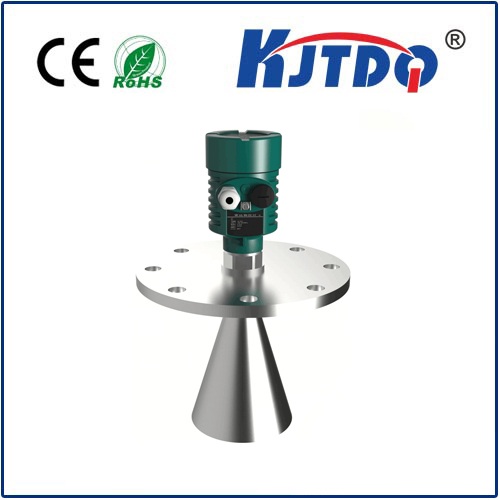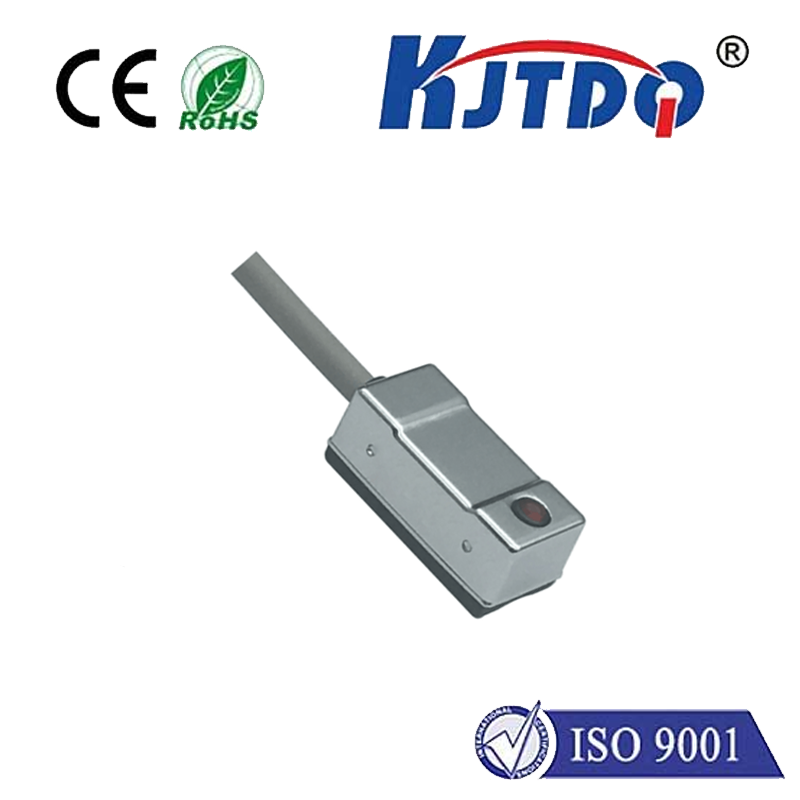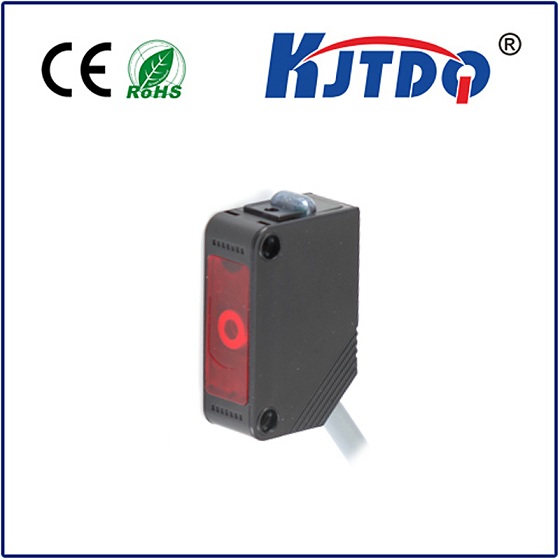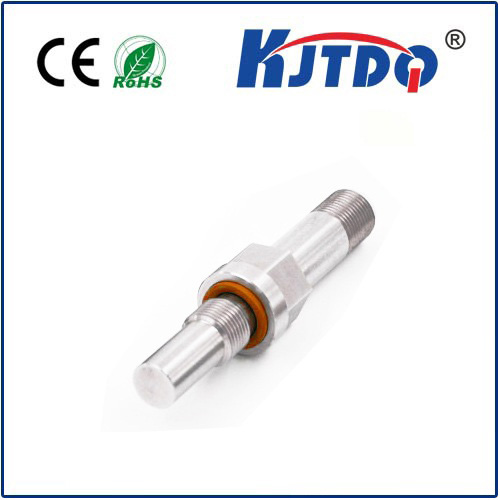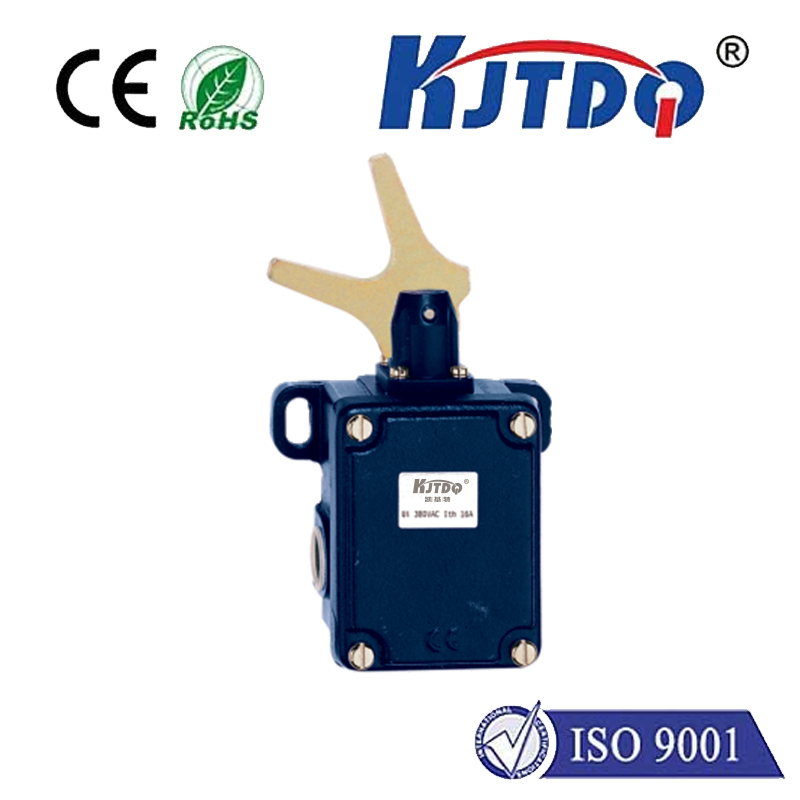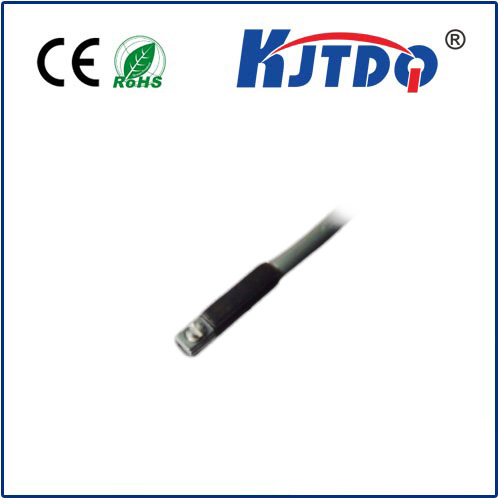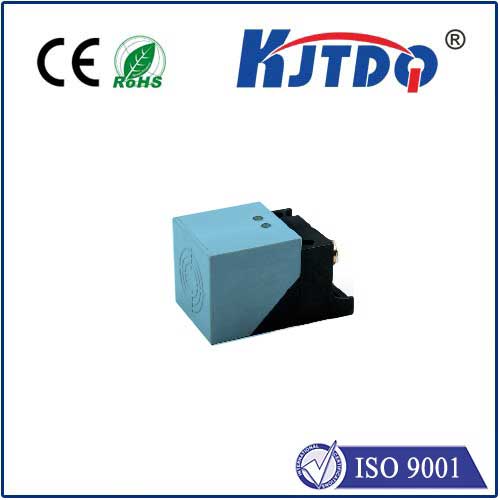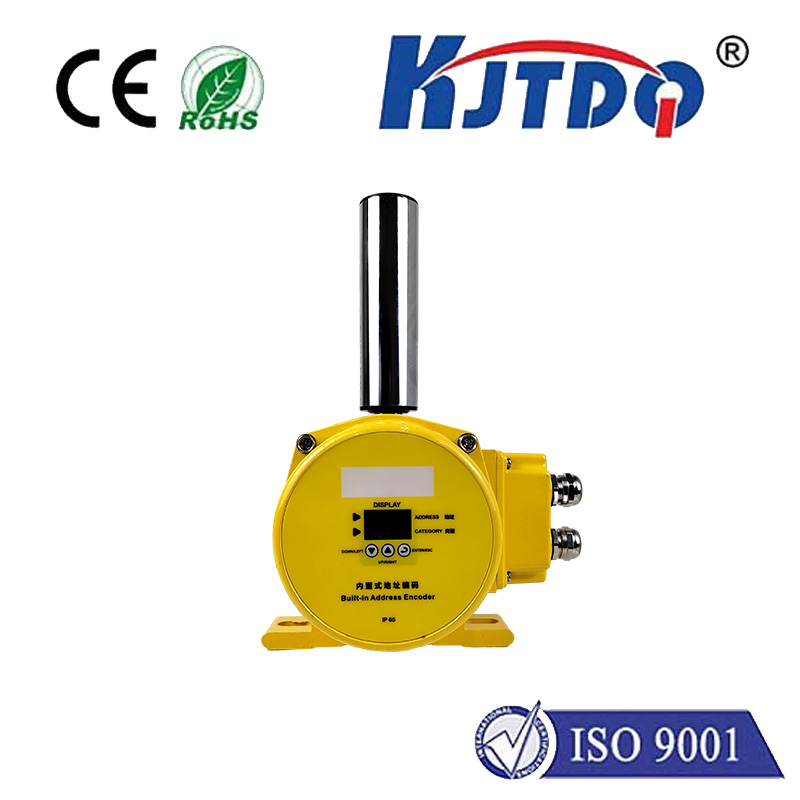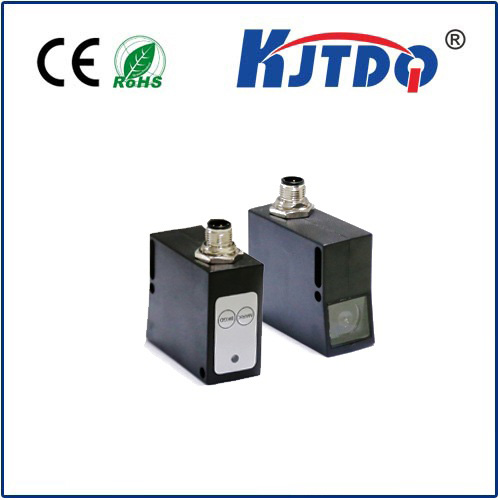

check

check

check

check
Ever wondered how your smartphone screen automatically turns off when held to your ear? Or what precisely detects the flipping cover on your laptop? The answer often lies in an unassuming yet remarkably powerful technology: the Hall Effect Proximity Sensor. These ingenious devices act as silent sentinels, detecting the presence or absence of nearby objects without physical contact, leveraging the fundamental principles of magnetism.
At the heart of the Hall proximity sensor lies the Hall Effect, discovered by Edwin Hall in 1879. This physical phenomenon occurs when a conductor or semiconductor carrying an electrical current is exposed to a perpendicular magnetic field. The Lorentz force acts on the moving charge carriers (electrons or holes), pushing them to one side of the material. This displacement creates a measurable voltage difference – the Hall voltage – across the material, perpendicular to both the current flow and the magnetic field direction. Crucially, the strength of this Hall voltage is directly proportional to the strength of the applied magnetic field.
Hall proximity sensors capitalize on this principle. They incorporate a Hall element (the semiconductor material), integrated circuitry for signal conditioning (amplification, filtering), and sometimes additional logic functions. When a magnetic field from a nearby magnet enters the sensor’s detection zone, it perturbs the state of the Hall element. The resulting change in the Hall voltage is processed by the onboard electronics. This processed signal typically translates into a simple, clean digital output – either ON (presence detected) or OFF (absence detected) – or, in some variants, an analog signal representing the field strength.

This fundamental operation translates into several compelling advantages over other proximity sensing technologies:
Where do these “invisible detectives” operate? Their applications are incredibly diverse:
Compared to other common proximity sensor types, Hall sensors offer a distinct profile:
| Feature | Hall Sensor | Inductive Sensor | Capacitive Sensor | Optical Sensor |
|---|---|---|---|---|
| Target | Magnetic Fields | Metallic Objects | Any Material | Light/Opaque Objects |
| Principle | Hall Effect (Mag) | Eddy Currents | Capacitance Change | Light Beam Interruption |
| Contact? | Non-Contact | Non-Contact | Non-Contact | Non-Contact |
| Environment | Good (Dust/Dirt) | Good (Dust/Dirt) | Moderate (Humidity) | Poor (Fog/Dust) |
| Speed | Very High | High | Moderate | Very High |
| Cost | Moderate | Moderate | Low | Low to Moderate |
| Key Limitation | Needs Magnet | Metal Targets Only | Sensitive to Environment | Prone to Contamination |
Implementing Hall proximity sensors effectively requires consideration of a few key factors:
In essence, Hall proximity sensors are the elegant solution for countless detection tasks where non-contact, reliability, and speed are paramount. They transform an invisible physical phenomenon into a robust, actionable signal. From the smartphone in your pocket to the complex machinery on a factory floor, these versatile sensors work silently and efficiently, proving that the principles of magnetism remain a fundamental and highly practical force in modern sensing technology. Understanding the Hall Effect and how it’s harnessed for proximity sensing unlocks the potential for more robust and innovative designs across countless industries.
